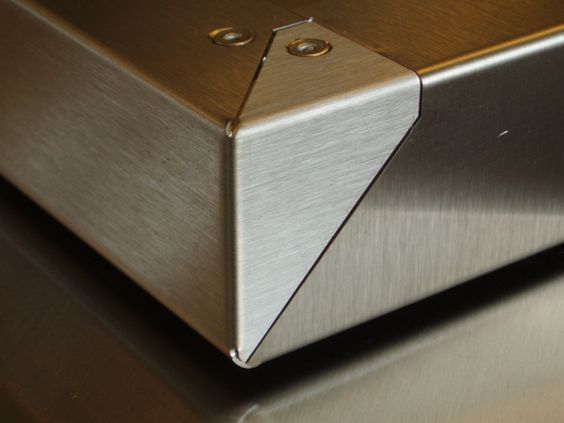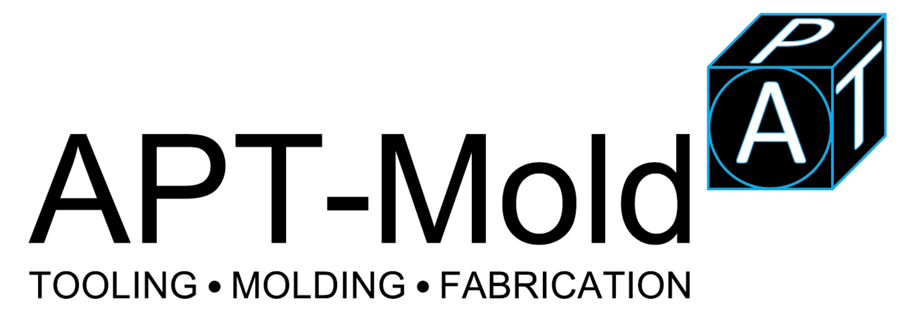What is a sheet?
In the metal work forming processes a sheet is basically any metal structure that has a large surface and basically a thin width. Needless to say, a majority of the sheets are usually below 6mm in width
Sheets have a wide range of activities they can do. Some of the products produced from the sheet metal processes involve aeroplane parts and car parts. Some types of, metal sheets e,g aluminium basically have a memory.
This basically means that you have to exact a lot of pressure so that the aluminium is able to form a new shape without going back to the original shape. Moreover, each sheet metal process is determined also by the type of metal. Some metal types like Iron are usually easier to structure and design.

sheet metal, picture from dalsinind.com
Yield point
The yield point is a crucial part to look at in the sheet forming processes. This is basically because it shows the stretch and if you pass the yield point the sheet metal is likely to form marks which will make its appearance look bad. Stretcher strains are also referred to as lucerband and hence in the sheet forming processes you should ensure that you look at the yield point before you choose the most appropriate sheet forming processes. Exceeding the yield point is likely to bring out elongated strains that will make your sheet appearance bad.
Other factors like the material grain size also influence the sheet metal forming processes. The main factor is to ensure. However, if the yield point is accidentally passed and stains are formed, you can remove the stains by using temper rolling or skin rolling. Grain size also highly influences the roughness or the smoothness of the metal sheet.
Shearing
Basically, shearing is the first step in the sheet metal processing. It involves cutting and forming using blades and other tools. Shearing is very important because is will highly determine the end product. Shearing also highly use die and punch. It also involves forming of cracks which will highly determine the propagation of the sheet working process. The die and punch process also highly determines the amount of clearance that can happen of the designed metal.
Shearing can highly vary from 2% to 8% of the sheet metal structure. Clearance is also determined by the type of metal and functional requirements. Basically larger blades require a higher level of metal shearing or clearing process. Basically, the sheet forming process involves plastic formation. Basically, a plastic formation compresses the metal sheet over a blade and forms a fracture to separate the metal structure into two. Force is usually applied at the top of the plastic formation on the metal sheet so that it can fracture.
The length of the deformation is caused by the amount of ductile strength, Shearing speed also highly influences the formation of the working metal sheet. When building structures like cups the sheet forming process uses the blank and punch process where the desired part of the sheet is basically left out. The clearance is very important since it shows the end result of the shearing material.
